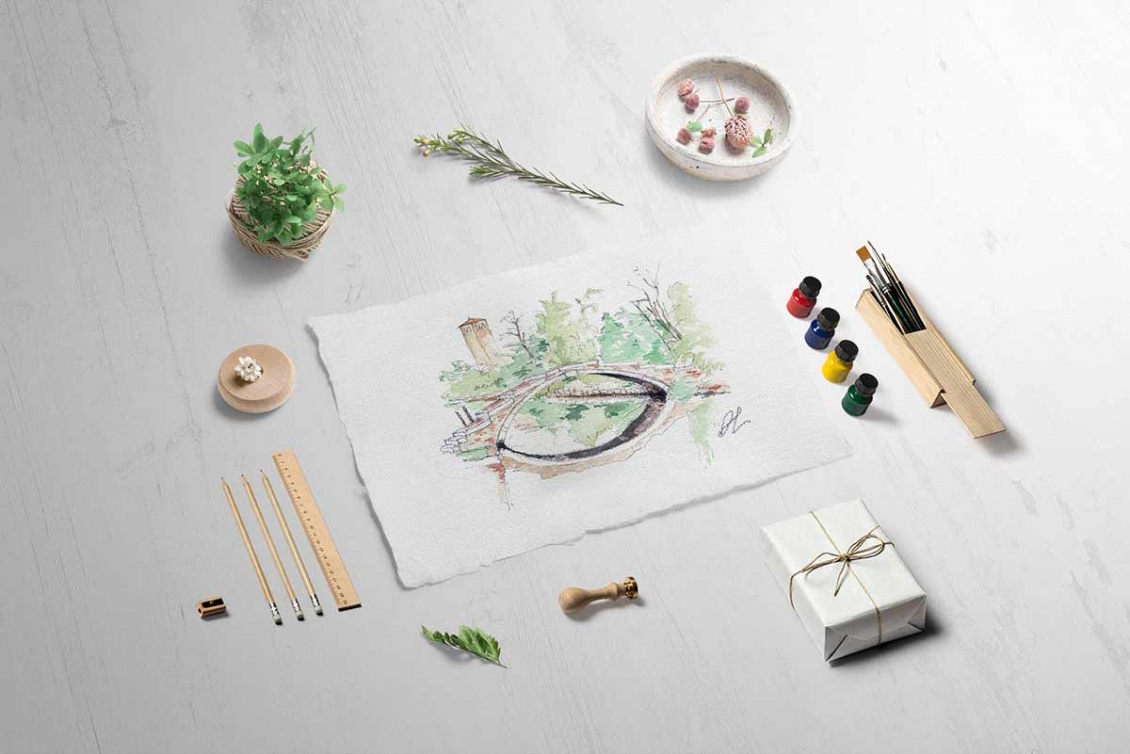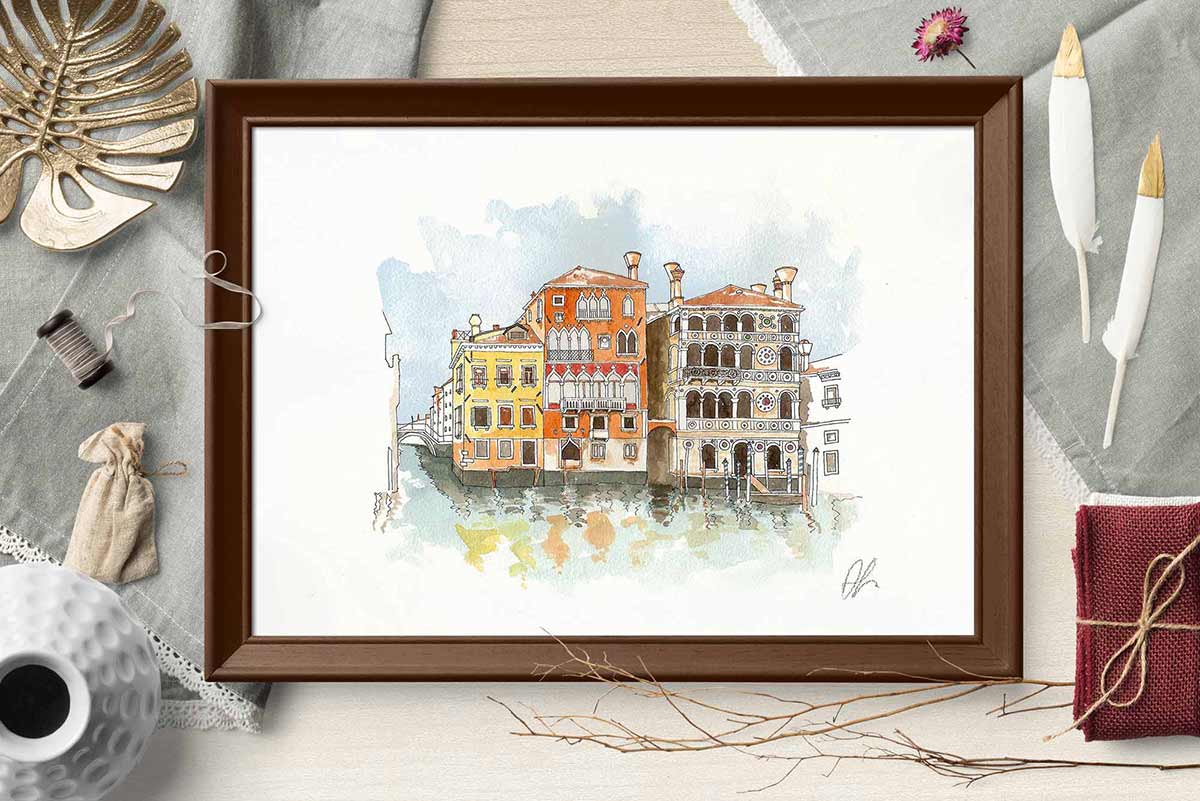A horrible fate has combined the stories of the owners of this beautiful building, so as to define it “cursed”.
Palazzo Dario (known as Ca’ Dario) is a palace overlooking the Grand Canal in Venice.
It was built by Giovanni Dario, fascinated by the places and the enchanting landscape.
In 1479 Marietta, Giovanni’s daughter, committed suicide because of the economic failure of her husband Vincenzo Barbaro, who died stabbed. Even their son suffered a violent death, in fact he died in an ambush in Crete. These three deaths caused a sensation among the Venetians, who anagrammtized the inscription on the facade, turning “VRBIS GENIO IOANNES DARIVS” into “SVB RVINA INSIDIOSA GENERO“ (in Latin, “I generate under an insidious ruin”).
The descendants of the Barbaro family sold the villa to Arbit Abdoll, an Armenian merchant of precious stones, who ended up in ruins shortly after taking possession of the dwelling.
The Englishman Radon Brown met his fate in 1838 when he became the new owner of Ca’ Dario. In only four years he suffered a financial meltdown and his homosexual relationship was discovered: the scandal engulfed him so much that in 1842 he committed suicide in the palace together with his partner.
Fared no better the American Charles Briggs, who had to flee from Venice because of the continuous rumors about his homosexuality: he fled to Mexico, where his lover committed suicide.
In the early ‘900 Ca’ Dario hosted the French poet Henri de Regnier; but a serious illness struck the writer, so he couldn’t come back to Venice anymore.
For decades the building was empty, until 1964 when the tenor Mario del Monaco began the negotiations to buy the property. But the artist, on his way to Venice to finalize the details of the contract, was involved in a serious car accident that forced him to a long rehabilitation and made him decide to give up the purchase.
A few years later Ca’ Dario was bought by Count Filippo Giordano delle Lanze from Turin, who was killed inside the building in 1970 by a Croatian sailor named Raul Blasich, with whom he had a relationship. Blasich then fled to London, where he was murdered.
The palace was later bought by Kit Lambert, manager of the rock band The Who, who died a very short time later in London falling down stairs. Although he claims not to believe in the curse, Lambert had told some friends to sleep in the nearby Hotel Gritti gondoliers kiosk to “escape the ghosts that haunted him in the Palace”.
Fabrizio Ferrari, a venetian businessman, bought the house in the 80s and moved there with his sister Nicoletta. Ferrari did not die, but he lost all of his assets after taking possession of the building, while his sister died in a car accident without witnesses.
In the late 80s, the building was purchased by financier Raul Gardini who wanted to make a gift to his daughter. Gardini, after a series of economic setbacks and the involvement in the scandal of Tangentopoli, committed suicide in 1993 in never fully clarified circumstances.
After the death of Gardini, no one wanted to buy Ca’ Dario anymore, and the first brokerage company that had been mandated to sell surrendered and stranded down. At the end of the 90s the director and actor Woody Allen seemed willing to buy the building, but then he desisted. In 2002, a week after renting Ca’ Dario for a vacation in Venice, bass player John Entwistle died because of a heart attack.
In 2006 the property passed to an American company on behalf of an unknown buyer and it is currently being restored.
And here below you can see Palazzo Dario (the last one on the right). Do you want to get a closer look? Click on the pic!







 Venice place names: Campi, Campielli, Corti
Venice place names: Campi, Campielli, Corti  Venice place names: Calle, Calle Larga, Salizada, Rio terà, Ramo, Sotoportego
Venice place names: Calle, Calle Larga, Salizada, Rio terà, Ramo, Sotoportego  The Venetian “Fondamenta”
The Venetian “Fondamenta”  2 years and still going strong: happy birthday Plum Plum Creations!
2 years and still going strong: happy birthday Plum Plum Creations!  The Bicentenary of Gallerie dell’Accademia – Canova, Hayez, Cicognara
The Bicentenary of Gallerie dell’Accademia – Canova, Hayez, Cicognara